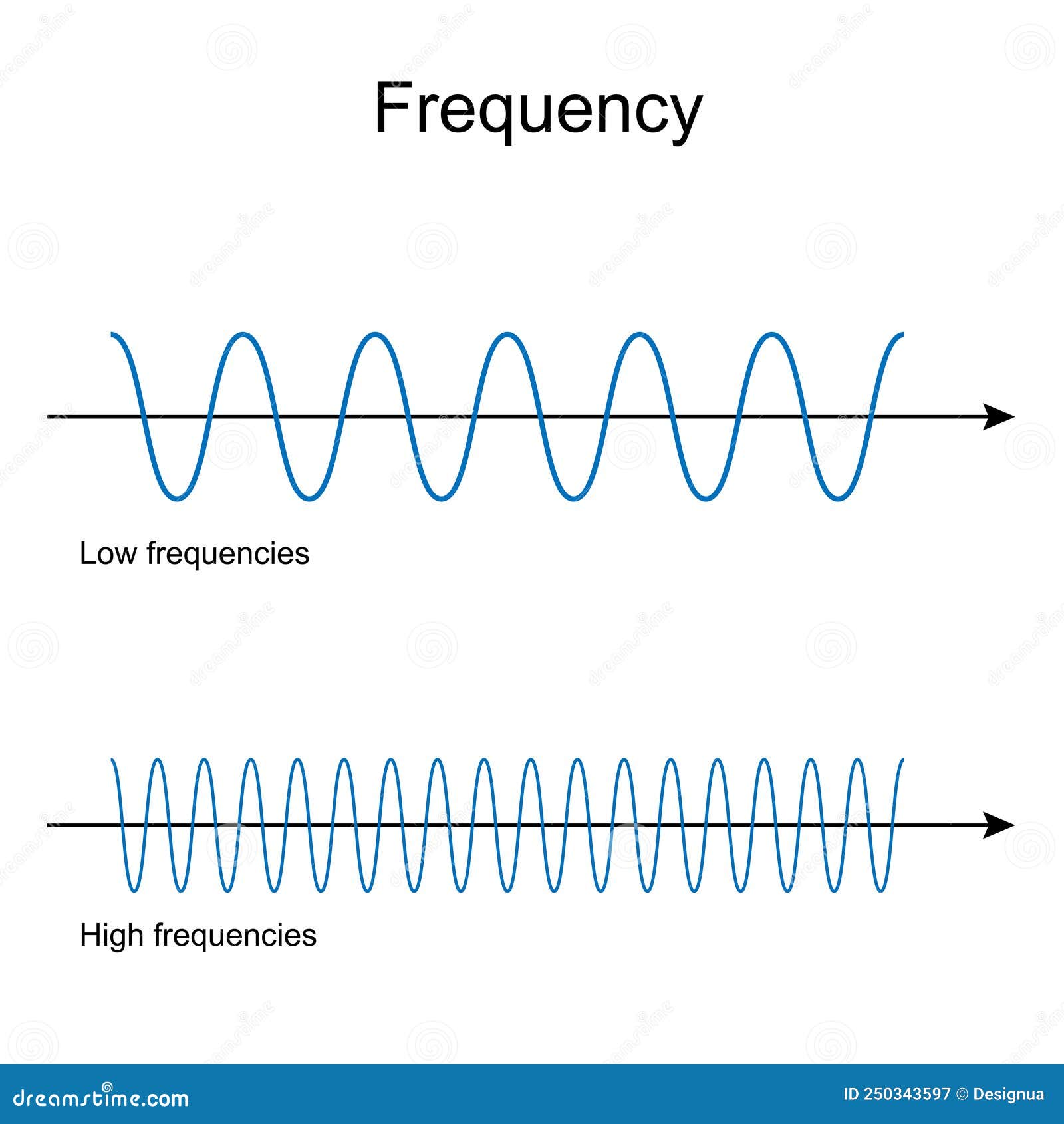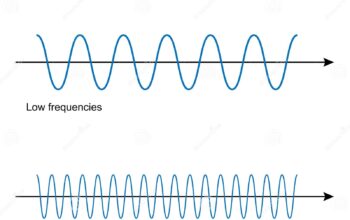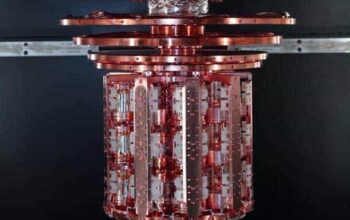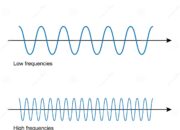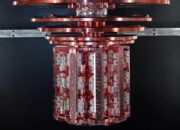Frequency combs, an innovative technological advancement in the field of metrology, possess the potential to revolutionize our understanding of the cosmos. These finely structured optical frequency signals allow for unprecedented precision in categorizing and measuring frequencies across various wavelengths. The advent of frequency comb technology has opened up new avenues in both fundamental physics and practical applications, promising a palpable shift in our comprehension of the universe.
To comprehend the significance of frequency combs, one must delve into the intricate nature of light itself. Light is not merely a wave; it exhibits complex characteristics that blend both wave-like and particle-like behavior. When light is emitted from a source, its frequency and wavelength become paramount in defining its properties. These attributes define the electromagnetic spectrum and determine how light interacts with matter. Frequency combs streamline this analysis by delineating a spectrum of frequencies that can be arranged akin to the teeth of a comb, with each “tooth” corresponding to a specific frequency component. This unique arrangement allows one to achieve highly resolved measurements spanning the spectrum, from infrared to ultraviolet.
The creation of frequency combs typically involves mode-locked lasers. By inducing a superposition of countless longitudinal modes, these lasers generate an evenly spaced array of spectral lines. The compactness and ordering of these lines allow for the precise identification and measurement of various phenomena, including chemical signatures and the Doppler shifts manifest in astronomical objects. Remarkably, the attributes of frequency combs permit the monitoring of frequencies with accuracies that surpass traditional techniques.
One of the paramount applications of frequency combs resides in the realm of astrophysics. For eons, scientists have attempted to derive the distances to celestial bodies—a fundamental endeavor in understanding the scale of our universe. Utilizing frequency combs, astronomers are able to derive redshift measurements with unparalleled accuracy. When light from distant galaxies experiences a Doppler effect due to their trajectories moving away from Earth, this manifests as a shift in wavelength. Frequency combs can facilitate the correction and analysis of these shifts, thus yielding coordinates to ascertain their velocities with stunning precision.
This power of acoustic measurements has profound implications. For instance, it can allow researchers to reassess gravitational wave signals, offering deeper insights into the fundamental properties of spacetime itself. The ability of frequency combs to provide astoundingly precise frequency measurements may also contribute significantly to cosmological models predicated on our understanding of dark matter and dark energy. By harnessing this technology, we could derive methodologies to elucidate the very expansion of the universe and unpack the enigmas surrounding its ultimate fate.
The implications extend beyond mere astronomical measurements. Frequency combs can also serve as vital instruments for studying molecular signatures and chemical reactions. Each molecule possesses a distinct spectral fingerprint, an understanding of which is critical for applications in atmospheric sciences and health diagnostics. In the study of exoplanets, for example, frequency combs can be utilized to unravel the atmospheric constituents of distant planets, assessing their potential habitability and the presence of biogenic markers—essential for astrobiology.
However, while the potential of frequency combs appears boundless, the field is not without its challenges. The complexity and high cost associated with the technology pose barriers to widespread adoption, especially in developing regions where access to advanced instrumentation is limited. Ongoing research into developing cost-effective methodologies and portable frequency comb systems is imperative to democratizing access to this revolutionary technology.
Moreover, the continuous improvement of frequency comb systems promises to increase the stability and coherence of the generated frequencies. Utilization of new materials and techniques, such as microresonators or photonic crystal fibers, has garnered attention for their promise to enhance the performance of frequency combs. As researchers innovate, the applications of these devices will likely proliferate across various fields, encompassing fundamental physics, telecommunication, and sensing technologies.
In light of these advancements, pressing questions emerge. How will frequency combs redefine our understanding of the time-space continuum? How might they unravel further cosmic mysteries, such as the nature of dark energy or the unification of forces in a quantum realm? Could the insights gleaned from their utilization give rise to new paradigms, reframing our fundamental understanding of physics itself?
In summation, frequency combs represent a vanguard in our ongoing quest to measure and comprehend the universe. Their existential capacity for precise measurements extends not only to astronomy but also to various scientific disciplines, promising an interdisciplinary exploration that could unveil novel insights. As we tread deeper into this uncharted territory, the intersection of precision metrology and cosmological inquiry serves as fertile ground for scientific discovery. The shift in perspective brought on by frequency combs is not merely inspiring; it positions us on the brink of monumental revelations about the universe we inhabit and underscores the remarkable interplay between light, matter, and the cosmic order.
